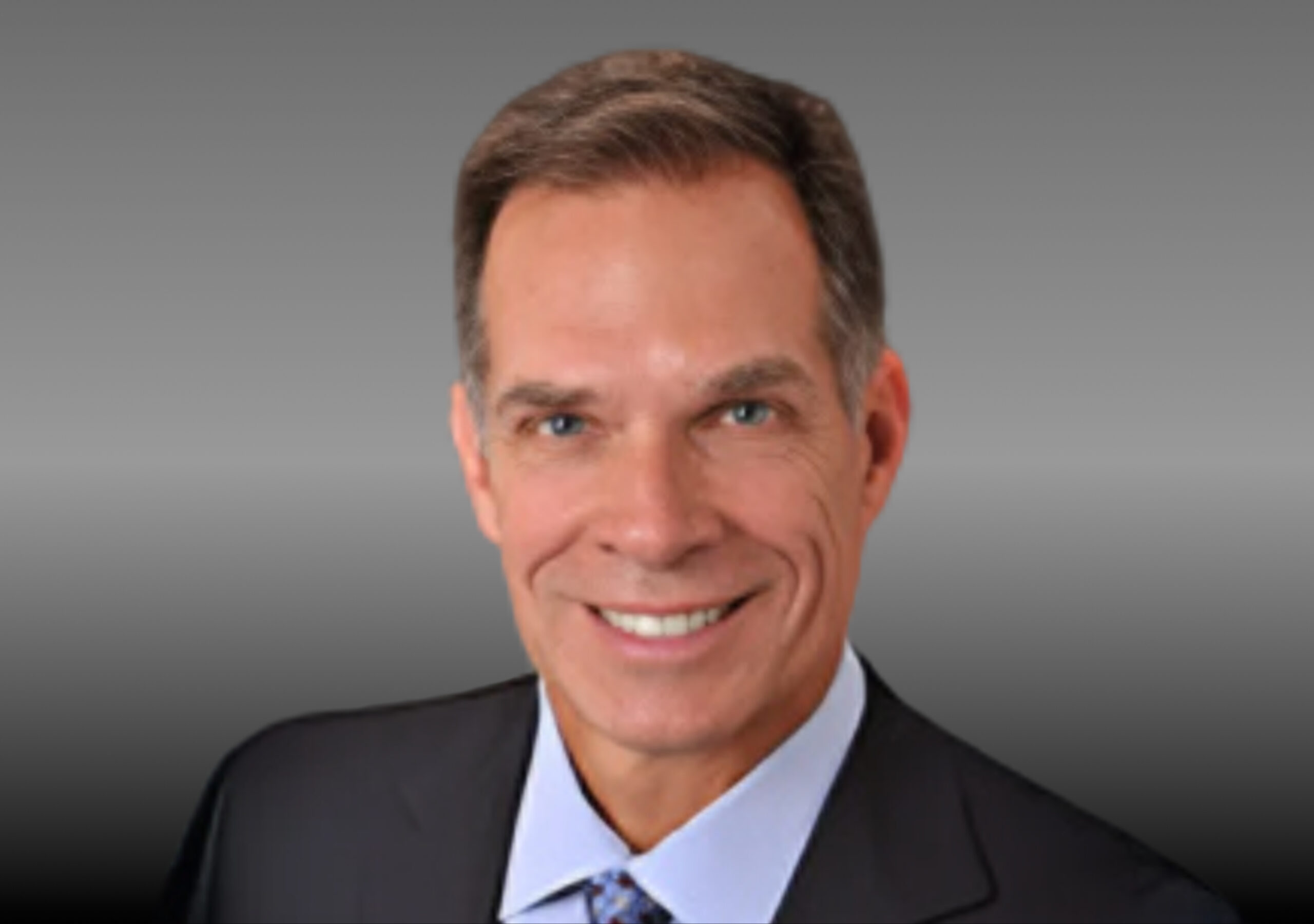Despite economic volatility, the West Virginia Investment Management Board (WVIMB) has stayed the course with a disciplined, diversification-driven allocation strategy — underpinned by a rigorous governance framework.
Over the years, Craig Slaughter, the WVIMB’s chief executive officer and chief investment officer, has watched many of his peers struggle due to difficulty maintaining consistency. “Stability is critical because we invest over long-time horizons. I’m thoroughly convinced that a consistent philosophy is what allows you to win in the end,” he said, in an exclusive interview with Markets Group.
He first joined the state’s investment operation in 1989, working in the treasurer’s office. Over time, the office has evolved into today’s Investment Management Board, custodian of more than $28B in assets, consisting of West Virginia’s defined benefit pension plans, workers’ compensation funds, and other state monies.
Like many lead executives overseeing public monies, he is concerned about the macroeconomic environment — from stretched equity valuations to political turbulence, but he believes WVIMB’s discipline provides a shield against chaos. “Our approach is to invest for 20 to 30 years, and that means being committed to equity markets because that’s where return comes from. We tame equity volatility by diversifying, but we try to be careful not to do so much that we destroy equities’ return power. My job is to hold the line, keep us invested for the long term, and manage expectations so stakeholders don’t react precipitously when markets struggle.”
Thriving in Chaos
The strategy has proven fruitful for the Investment Management Board; despite major market disruptions, its 20-year return, as of June 30, 2025, stood at 7.9%. Returns over one, three, and five years were 11.1%, 10.4%, and 10.7%, respectively.
While public equity is the largest allocation in the portfolio and is expected to produce the bulk of the return, outperformance has been driven by other assets. “We try to diversify so that something will excel. There is a lot of capacity for that in less efficient asset classes and strategies.”
Slaughter views hedge funds as well-positioned to capitalize on recent market turbulence. “Uncertainty is something they don’t fear — in fact, they often thrive in it. Not every hedge fund strategy works in this environment, but as a group, hedge funds tend to do well. In our portfolio, that’s played out, and I think that just might continue for the next three and a half years.”
That perspective informs his broader caution about today’s markets. “I’m really worried about the next recession being right around the corner. Public stocks are at very high levels, and I don’t think the fallout from tariffs . . . has fully played out yet.”
For Slaughter, hedge funds’ ability to adapt and exploit dislocation provides a buffer as broader uncertainties — from trade policy to political disruption — ripple through the economy.
As of the end of the 2025 fiscal year, hedge funds made up 11% of the portfolio, 1% over the target allocation, returning 12.2% for the year and 5.2% over the Hedge Fund Research Index Fund of Fund benchmark. Over three and five years, the allocation also outperformed by wide margins.
Private credit has also been a stabilizer for the pension fund. The board first entered the space in 2015, after Slaughter noticed a shift in the market structure for delivering credit. “Private credit looked like the wave of the future and not a lot of people were in it yet. That inefficiency was attractive, provided you could find the right managers.”
WVIMB prioritized experienced managers with deep credit analyses expertise and a track record of navigating multiple cycles. Initially, the allocation came out of public equities, but after a couple of years, Slaughter decided to carve the allocation from fixed income, lowering the fund’s traditional bond exposure.
The strategy aimed to diversify away from public markets and gain exposure to variable-rate structures at a time when rates were unusually low. “Fixed income back then was in an asymmetric risk-reward space,” he explained. “Private credit gave us some protection if rates went up.”
The private credit strategy has since matured into a permanent allocation. “It’s here to stay, and I think it has a place in our portfolio as a diversifier.”
By fiscal 2025, private credit and income represented 4.52% of the fund.
Steady as she goes
An important lesson Slaughter drew on early in his career is that success in public funds oversight depends on strong governance.
Weak governance, he added, leaves investment decisions vulnerable to political interference. “When investment professionals are distracted by non-economic factors — when outside forces try to use the portfolio to achieve unrelated policy goals — their ability to add value suffers.”
His investment approach emphasizes principles rooted in human behavior and market realities. These include knowing when to walk away from misaligned goals, being contrarian when circumstances call for it, maintaining a long-term focus while managing short-term perceptions, and letting rigorous research inform allocation decisions.
These principles have helped shape some of WVIMB’s major investment decisions. For example, in the late ‘90s, the board overweighted small- and mid-cap value stocks and international equities, moves that were considered contrarian bets at the time and which paid off years later after the dotcom bust.
“That was a decision informed by research and a commitment to long-term thinking.”
And during the 2008 Global Financial Crisis, political pressure to de-risk the portfolio was immense. All the work Slaughter’s team had done managing expectations and emphasizing the long-term allowed them to hold the line. By the end of the fiscal year 2009, WVIMB was one of the better-performing public funds.
Indeed, his message is simple: don’t chase headlines, trust the process, and let consistency compound over decades.
Slaughter applies the same message to the board’s relationship with managers. If a manager doesn’t fit the portfolio, the board has no problem going in a different direction. Still, he underscored the value of patience in external partnerships. “We’re slow to hire but also slow to fire.”
The pension fund takes a concentrated approach to external partnerships that avoids spreading capital thin, favoring larger mandates with fewer managers so each position has a meaningful impact on returns. “If you hire too many, you diversify away your alpha.”
He looks for firms with a clear, consistent philosophy and the discipline to stick to it. “We don’t like asset gatherers,” said Slaughter. “We tend to like smaller firms, though we’re not wedded to boutiques — some big firms have excellent products, especially when they’ve preserved the DNA of a successful smaller shop.”
Right now, he is happy with the current portfolios and sees no changes in the near future. “We’re always open to good managers and strategies, but nothing in our asset-liability study suggests we’ll be changing course anytime soon. It’s steady as we go.”












